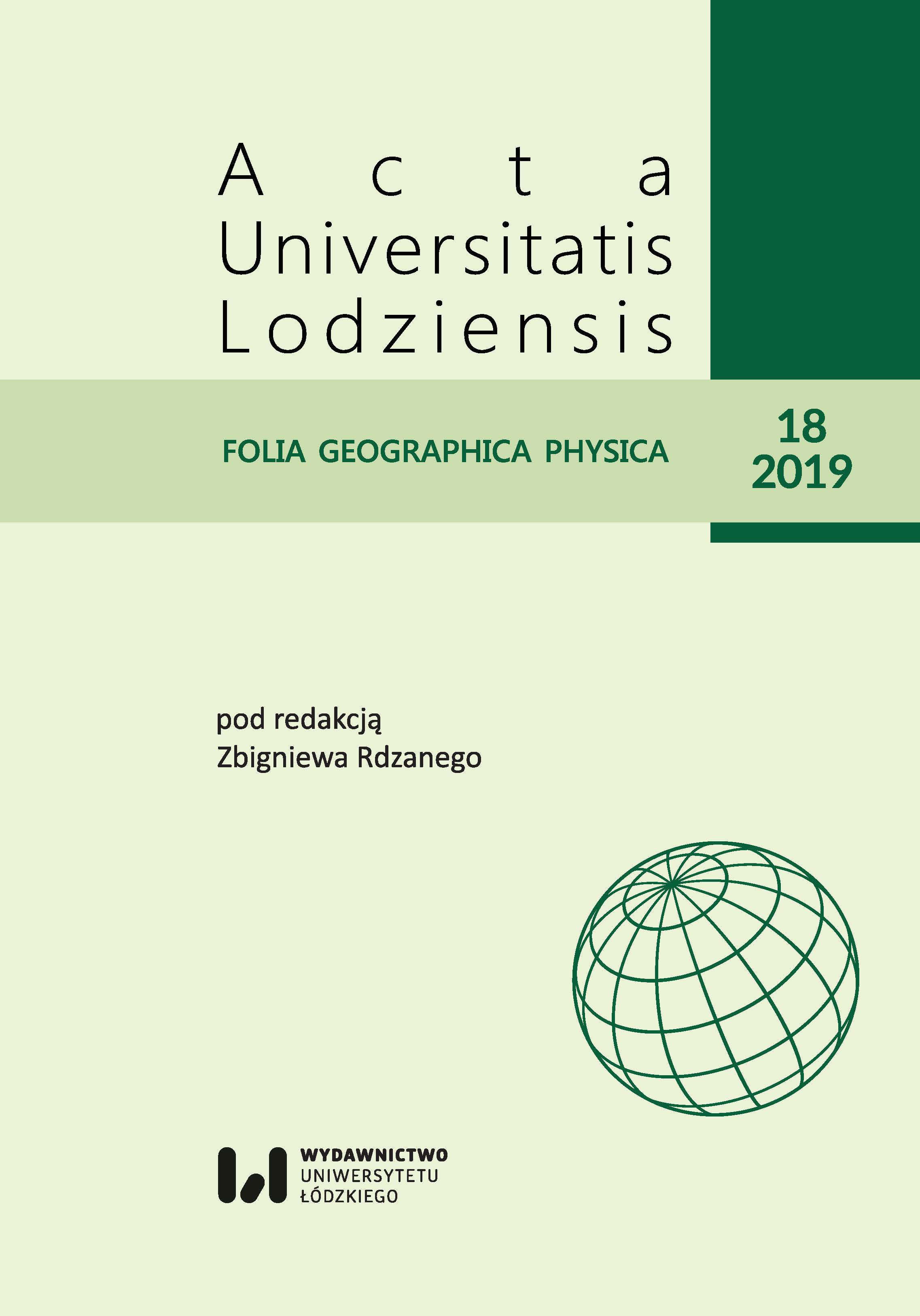Fotografia dokumentacyjna w naukach o Ziemi
Documentary photography in Earth sciences
Author(s): Piotr Czubla, Joanna Petera-ZganiaczSubject(s): Geography, Regional studies, Physical Geopgraphy
Published by: Wydawnictwo Uniwersytetu Łódzkiego
Keywords: scientific photography;photographic techniques;composition;photographic documentation and its principles;geomorphology;geology
Summary/Abstract: From the moment of invention to the present, photography is used in science, not only for documentary purposes, but also as an integral part of research methods. Photography has found its place in art, and the distinction between scientific and fine-art photography often remains a matter of agreement, resulting from the context in which it is presented. The purpose of the work is to show the specifity of scientific photography used in Earth sciences and to point out the rules which govern that kind of photography, as well as to emphasize that established principles of image composition are important in scientific photography. Technical aspects important in geological and geographical photography are presented, such as: selection of photographic equipment, exposure modes, recording of photos and camera modes. The use of different types of composition in photographic documentation in the above-mentioned scientific sub-disciplines are analysed. The choice of composition rules is subordinated to the nature of the documented objects, phenomena or processes. Scientific photography is governed by different rules when documenting geomorphological forms or atmospheric phenomena, processes occurring on the Earth’s surface, rock outcrops or small objects; other rules are useful in making photography for archiving, location, reportage, re-photography and landscape. A separate issue is the preparation of photos for publication, where they function as carriers of relevant information, supplementing the contents of a scientific text or scientific presentation. In the era of widespread photography many random images are created. It is particularly important to maintain discipline so that information noise resulting from an excessive number of shots does not get into scientific photography. It is important to use the advantages of digital photography in a reasonable way, subordinating scientific photography to its primary goal – complete and clear information about phenomena and processes occurring in the lithosphere, hydrosphere and atmosphere.
Journal: Acta Universitatis Lodziensis. Folia Geographica Physica
- Issue Year: 18/2019
- Issue No: 18
- Page Range: 7-28
- Page Count: 22
- Language: Polish

